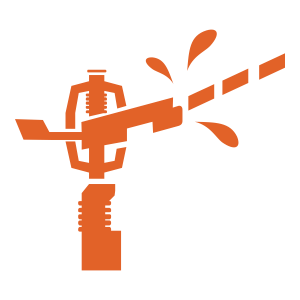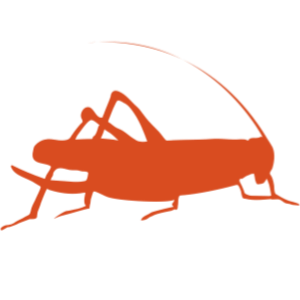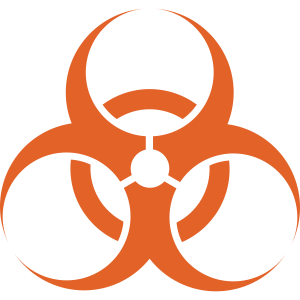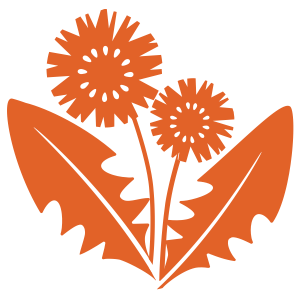Analysis Products
Each flight survey
comes loaded with insight.
Book Flights Now
After every Spectral Solutions flight survey, we’ll provide:
- Interactive maps with info from our analyses
- Detailed reports summarizing insights from our spectral imagery
- Recommendations from our team of growers, scientists and consultants





